| Model: | MOS76144-81-5 |
| Place of Origin: | Sichuan,China (Mainland) |
| Appearance: | White powder |
| Name: | Mildronate |
| Brand: | MOSINTER |
| Molecular Formula: | C6H14N2O2 |
| Assay: | 99% |
| CAS: | 76144-81-5 |
| Molecular weight: | 146.18756 |
| Alias: | MET88 |
- Have any questions?
- +86-189 8930 5995
- sales@mosinterchem.com.cn
Mildronate CAS 76144-81-5

Fenofibrate CAS 49562-28-9
05/12/2018
Felodipine CAS 86189-69-7
05/12/2018Mildronate (CAS:76144-81-5)
Meldonium (also known as Mildronate, THP, MET-88, Mildronāts or Quaterine) is a clinically used anti-ischemic drug that is currently manufactured and marketed by Grindeks, a pharmaceutical company based in Latvia.] It is used in Lithuania and the Russian Federation,but is not approved by the Food and Drug Administration for use in the United States.
Mechanism of action
The chemical name of meldonium is 3-(2,2,2-trimethylhydraziniumyl)propionate, a structural analogue of γ-butyrobetaine, with a NH group replacing the CH2 at the C-4 position of γ-butyrobetaine. γ-Butyrobetaine is a precursor in the biosynthesis of carnitine.
The mechanism of action of meldonium is to act as a fatty acid oxidation inhibitor, presumably by inhibiting enzymes in the carnitine biosynthesis pathway such as γ-butyrobetaine hydroxylase. γ-Butyrobetaine hydroxylase is an enzyme that belongs to the 2-oxoglutarate (2OG) oxygenase superfamily and catalyses the formation of L-carnitine from γ-butyrobetaine.X-ray crystallographic and in vitro biochemical studies suggest meldonium binds to the substrate pocket of γ-butyrobetaine hydroxylase and acts as a competitive substrate/inhibitor to form malonic acid semialdehyde, dimethylamine, formaldehyde, 3-amino-4-(methyamino)butanoic acid and (1-methylimidazolidin-4-yl)acetic acid, likely via a Steven’s type rearrangementmechanism. Mildronate is a potent γ-butyrobetaine hydroxylase inhibitor, with a half maximal inhibitory concentration (IC50) value of 62 μM. Meldonium is an example of a non-peptidyl substrate mimic inhibitor for human 2OG oxygenase.
Meldonium has also been shown by NMR to bind to carnitine acetyltransferase. Carnitine acetyltransferase belongs to a family of ubiquitous enzymes that play pivotal roles in cellular energy metabolism. Meldonium therefore may act as a regulator of energy metabolism. Meldonium is a relatively weak inhibitor to carnitine acetyltransferase (when compared to γ-butyrobetaine hydroxylase), with an inhibition constant (KI) of 1.6 mM.
You must be logged in to post a review.

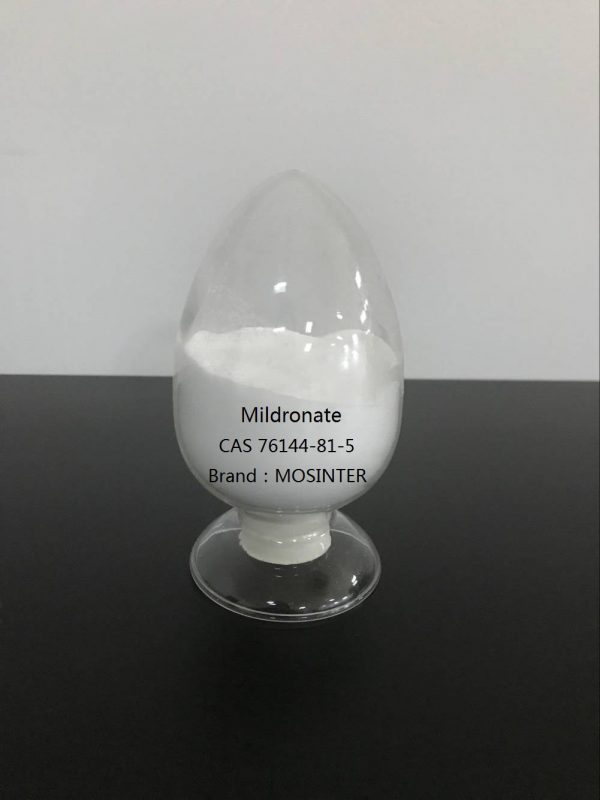
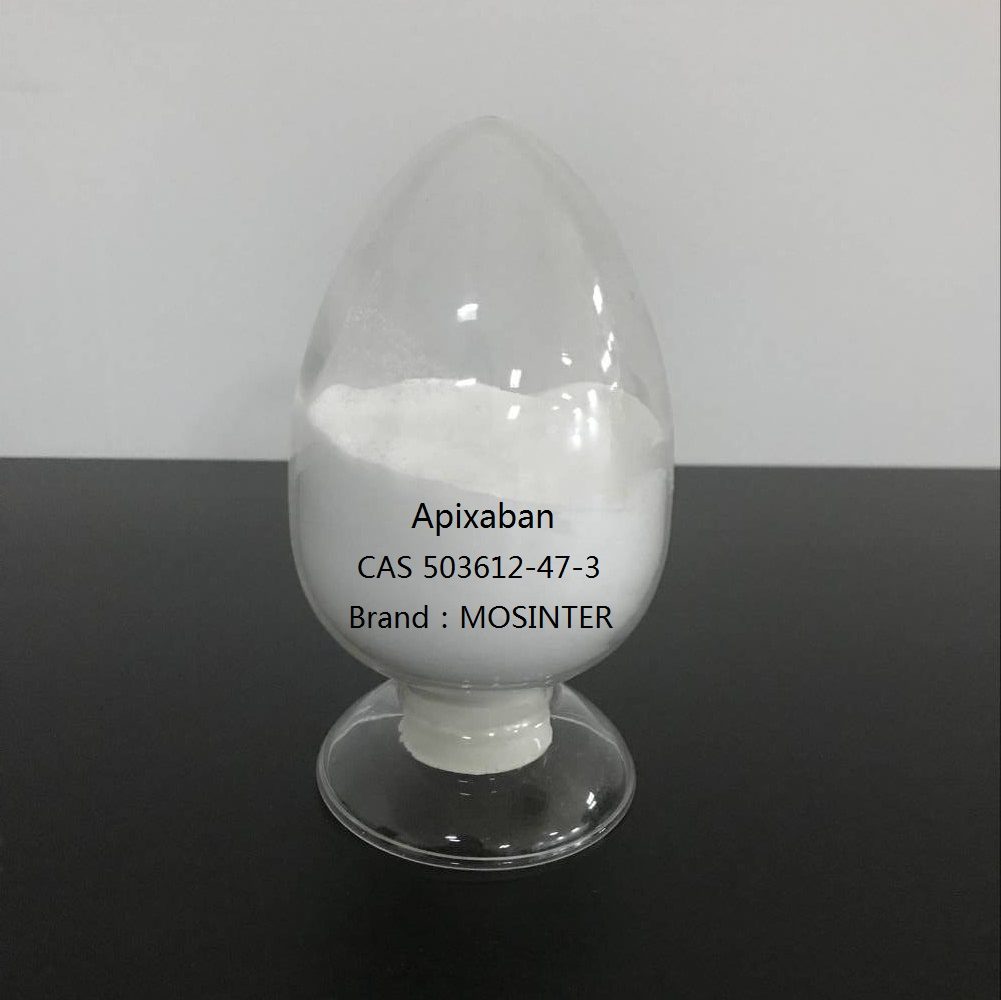
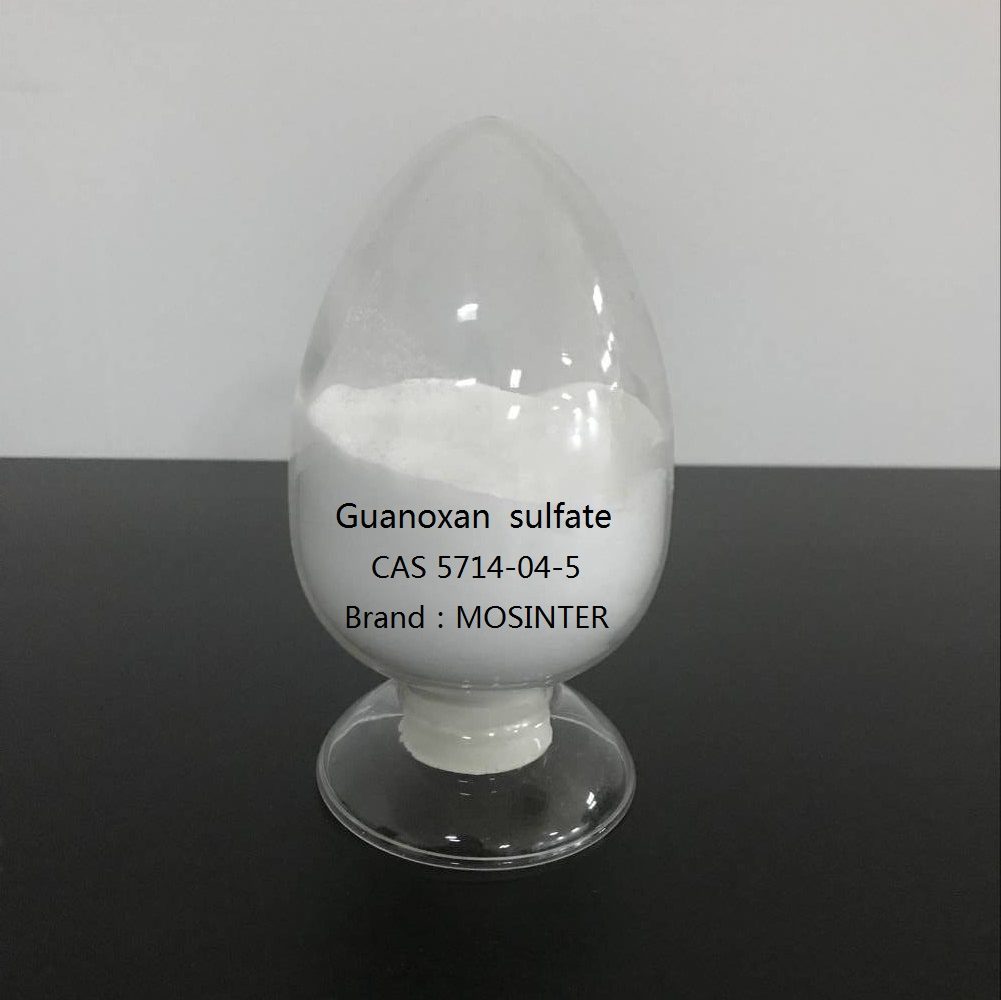
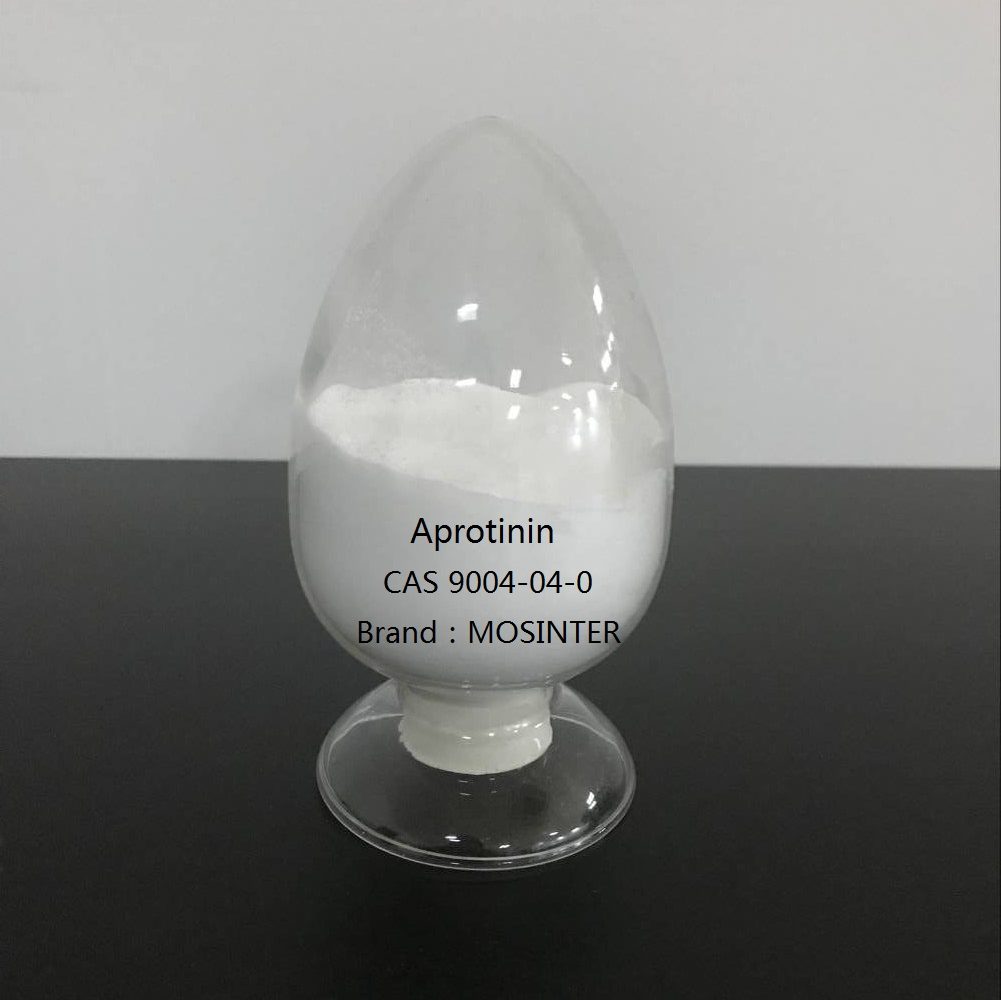
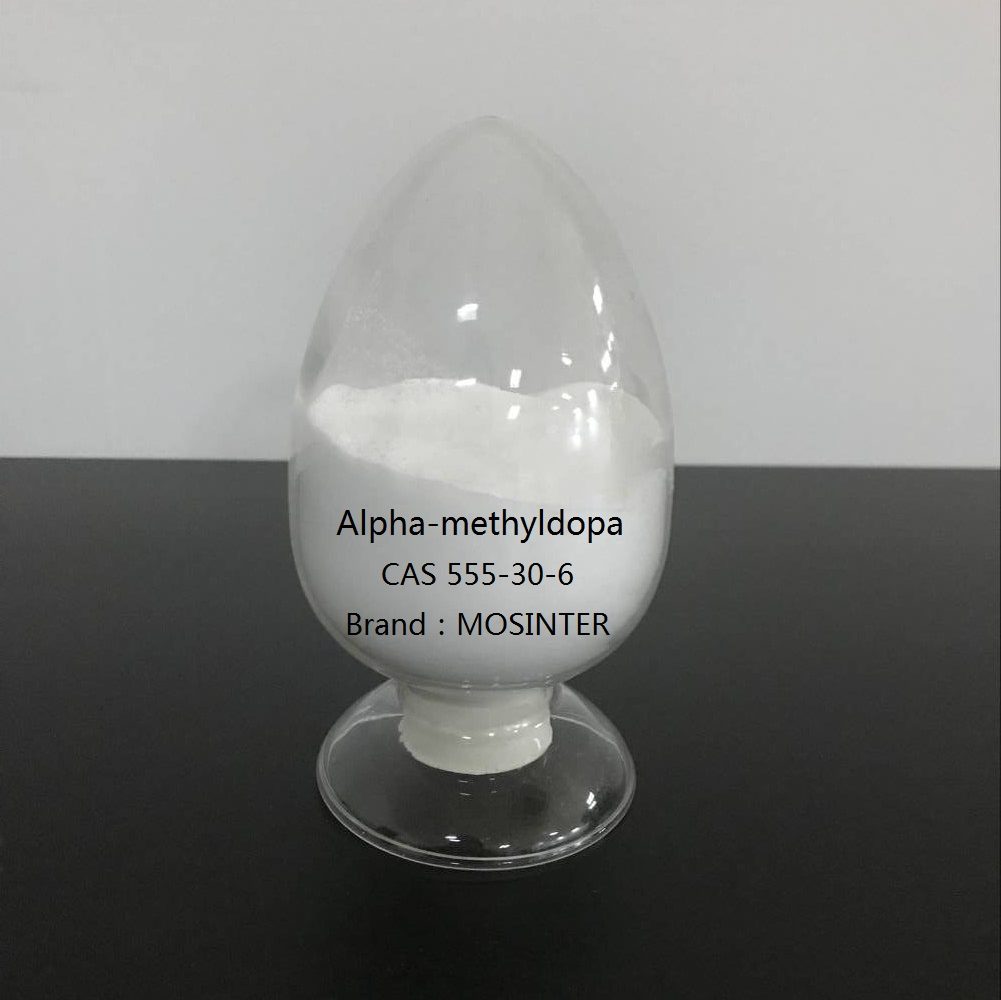
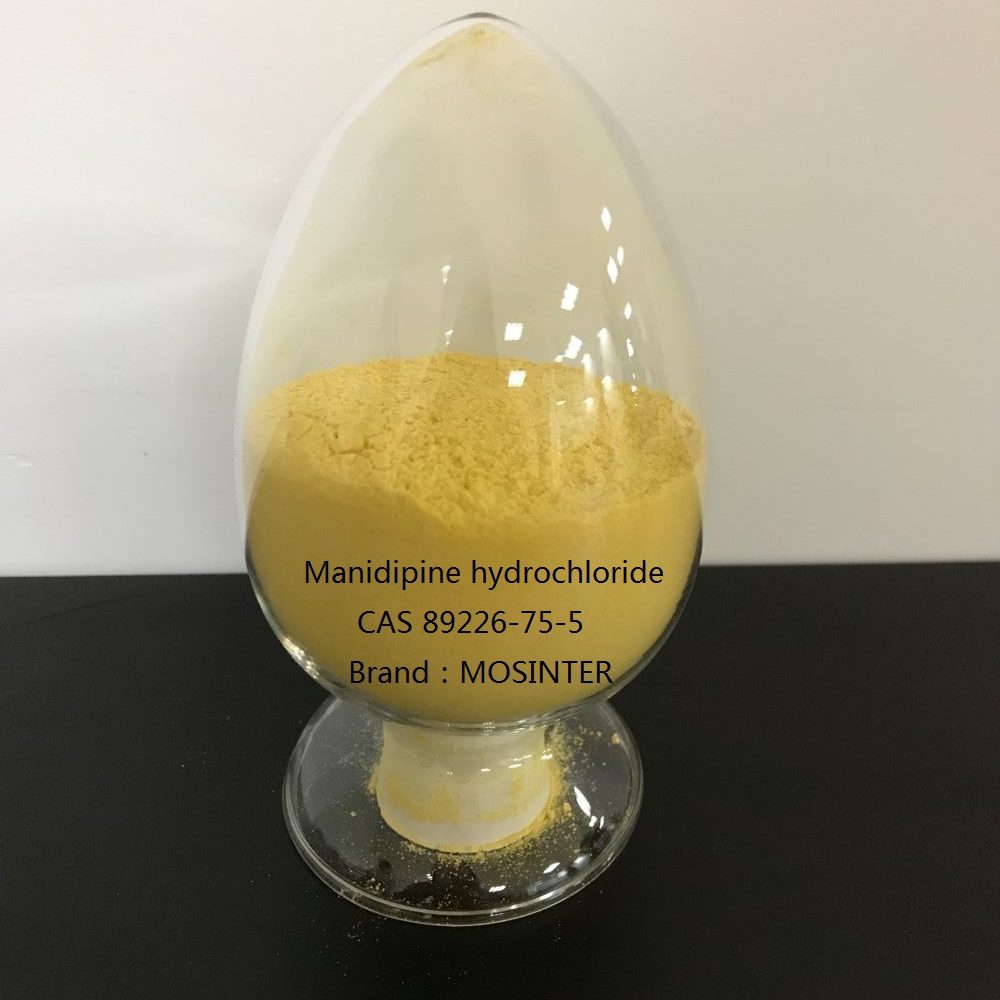
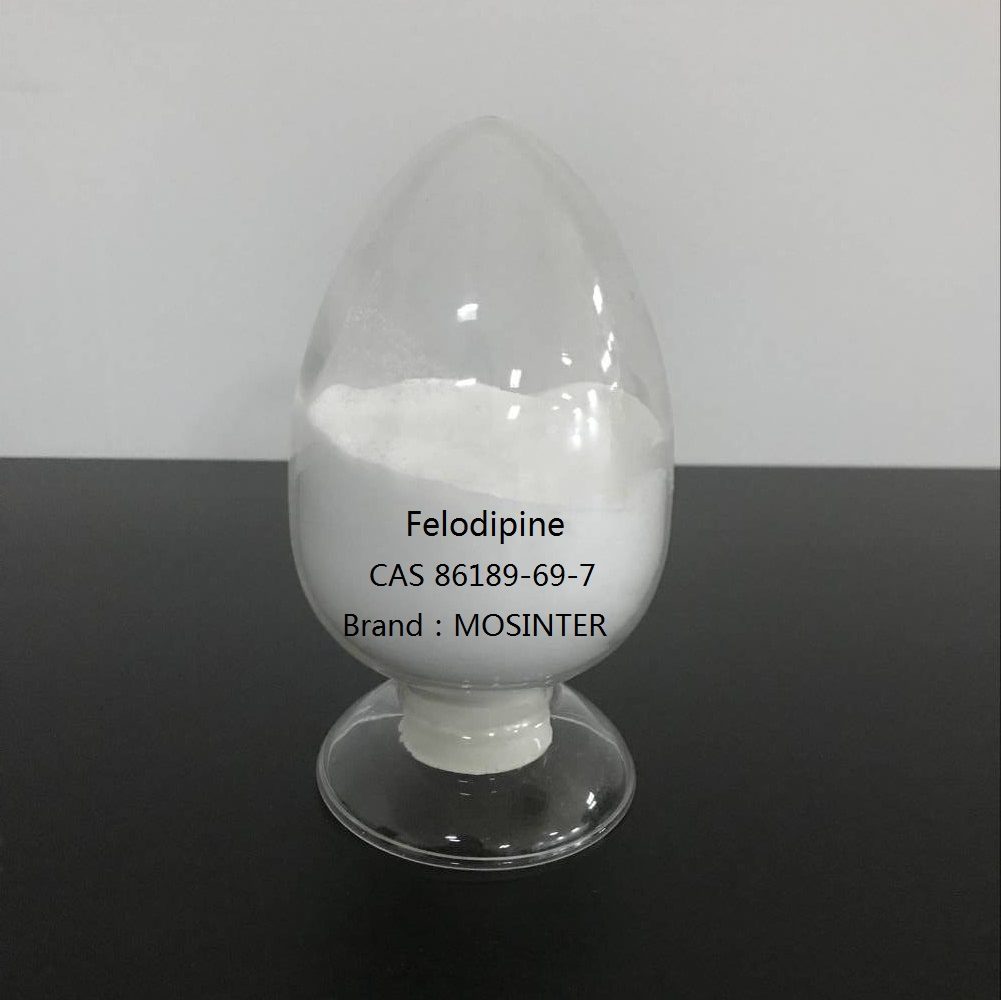
Reviews
There are no reviews yet.